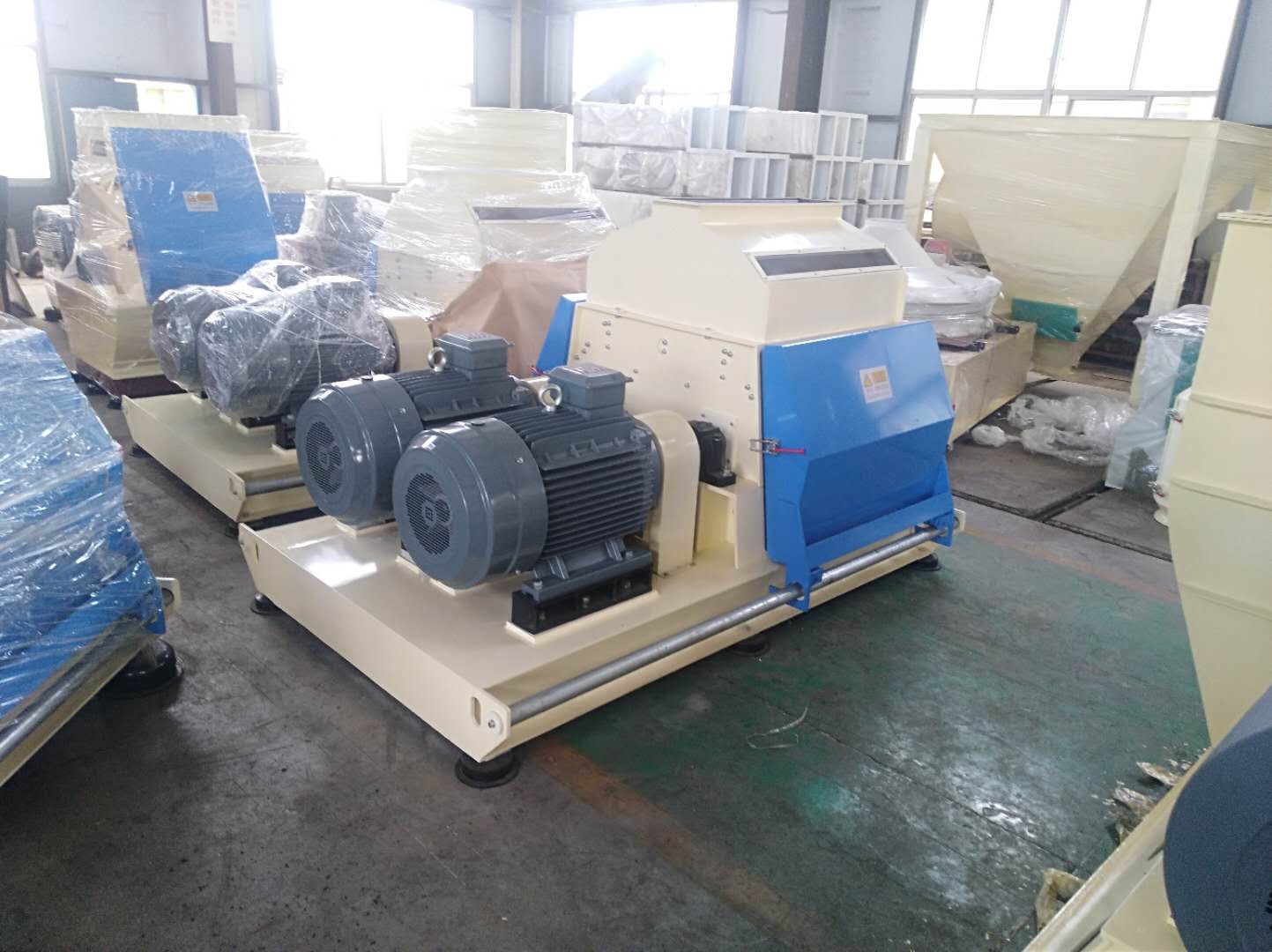- This topic is empty.
-
AuthorPosts
-
2025-05-13 at 6:35 pm #6463
In the evolving landscape of modern agriculture, efficiency, sustainability, and productivity are more important than ever. With rising global food demands and increasing pressure to reduce waste and energy consumption, farmers and agricultural processors are turning to smarter, more powerful equipment to streamline operations. One such piece of equipment that plays a critical role in agricultural processing is the dual rotors hammer mill.
This powerful grinding solution has proven to be a cornerstone technology for material size reduction in various agricultural applications—from animal feed production to biomass processing. In this article, we explore how dual rotors hammer mills work, what sets them apart from traditional options, and why they’ve become essential in modern agricultural operations.
What Makes Dual Rotors Hammer Mills Different?
At their core, hammer mills are designed to crush and grind materials using rapidly rotating hammers. In the case of dual rotors hammer mills, this process is elevated through the inclusion of two counter-rotating shafts, each fitted with multiple hammers. The dual rotor configuration provides several distinct advantages over single rotor models:
Higher Throughput
Dual rotors offer double the impact area, resulting in faster and more consistent material breakdown. This means higher output capacity, which is vital for large-scale agricultural operations needing to process tons of material daily.Improved Material Uniformity
The overlapping hammer patterns from the dual rotors ensure finer and more consistent particle sizes—an essential factor for producing high-quality animal feed or uniform biomass pellets.Greater Efficiency with Tough Materials
Modern agriculture often deals with fibrous, wet, or tough materials such as corn stalks, hay, or crop residue. Dual rotors provide the additional force needed to process such materials more effectively, reducing wear and tear and minimizing clogging.Enhanced Energy Utilization
With better kinetic energy distribution and continuous material flow, dual rotor hammer mills can achieve greater grinding efficiency with less energy input per ton of processed material.
Applications in Agricultural Settings
The dual rotors hammer mill is not a one-size-fits-all solution—it excels across several key applications in the agricultural sector:
1. Animal Feed Production
Whether you’re formulating poultry, swine, or cattle feed, the need for uniform particle size is paramount. Inconsistent feed sizes can lead to digestion issues and feed waste. Dual rotor hammer mills are capable of producing the consistent fine grind necessary for optimized animal health and feed conversion rates.2. Biomass and Renewable Energy
With the growing interest in converting agricultural waste into biofuels, dual rotors hammer mills are playing a central role in the processing of biomass. Corn cobs, straw, and other crop residues are efficiently reduced in size to meet the specifications for pelletizing or fermentation.3. Fertilizer Processing
Organic fertilizers often require shredding of composted material. The powerful dual rotor setup ensures even and thorough breakdown of compost or manure-based inputs, speeding up the mixing process and improving final product quality.4. Crop Residue Management
Post-harvest waste such as husks, shells, and stalks can become a resource when properly ground and repurposed. Dual rotors hammer mills help convert this residue into mulch, bedding, or soil amendments.Supporting Modern Agricultural Goals
Modern agriculture is more than just producing food—it's about sustainability, innovation, and circular resource use. Equipment like the dual rotors hammer mill aligns perfectly with these goals by offering:
Reduced Operational Costs: Higher efficiency leads to less downtime, lower energy bills, and extended equipment lifespan.
Sustainability Benefits: By enabling the reuse and repurposing of agricultural waste, dual rotors hammer mills support circular farming practices.
Scalability: From small farms to large agri-processing plants, the technology scales with ease, adapting to various production demands.

Final Thoughts
The dual rotors hammer mill has emerged as a vital tool in the toolkit of modern agriculture. Its powerful design, efficient grinding capabilities, and adaptability across diverse materials make it an invaluable asset for farms and processing facilities striving to meet the challenges of the 21st century.
As agricultural practices continue to modernize and evolve, investing in robust and reliable machinery like a dual rotors hammer mill is not just a choice—it’s a strategic decision for long-term growth and sustainability.
Jiangsu Wulong Machinery Co., Ltd. was founded in 1969. For more than 50 years, it has always focused on the production and research and development of hammer mills and bag dust collectors. Its products are exported to more than 1,000 manufacturers in more than 30 provinces, cities and autonomous regions, as well as more than 20 countries and regions such as Europe, South America, Africa and Southeast Asia, and are deeply trusted by users.
Welcome to contact us if you want to know more details about our Dual-Rotors Hammer Mill.
E-mail:wulong@china-wulong.com
Understanding the Dual-Rotors Hammer Mill: Key Features and Applications in the Industry
http://www.hammer-mill.com
Jiangsu Wulong Machinery Co., Ltd. -
AuthorPosts
- You must be logged in to reply to this topic.
